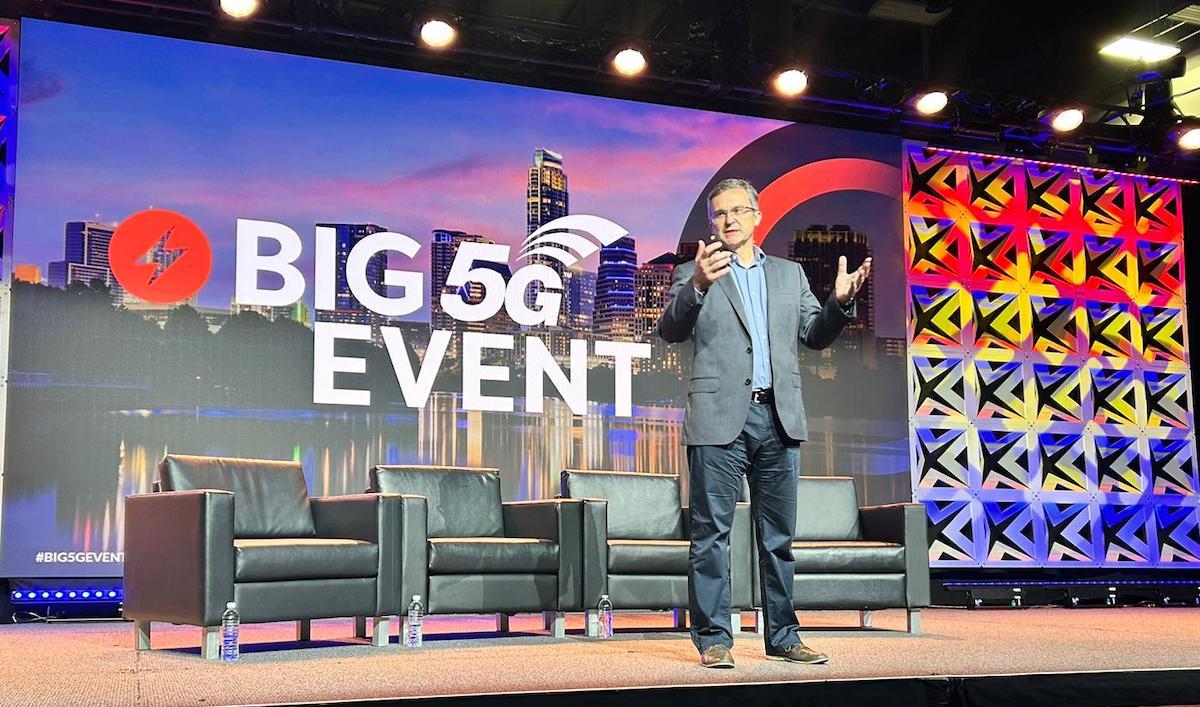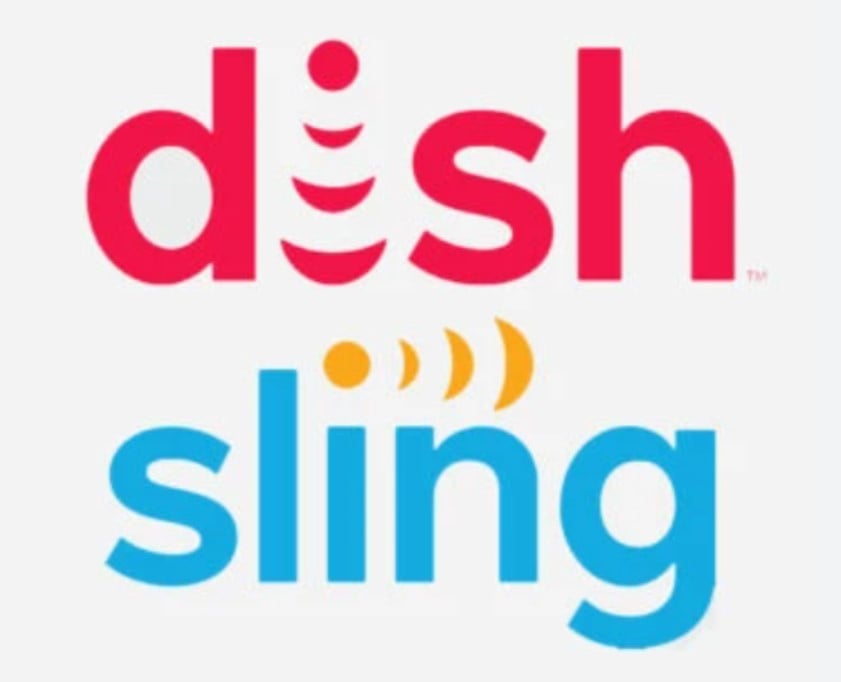AUSTIN – Big 5G Event – Dish Network has not been the best advert for open radio access network (RAN) in the last few months. Hit by a costly cyberattack earlier this year, and struggling to retain mobile customers, the US operator must still deploy thousands of sites to meet coverage targets attached to its licenses. Profits have tumbled. Analysts wonder if the decision to build a software-based network, hosted in the cloud and served by a small army of suppliers, will pay off.
But Marc Rouanne, the man in charge of Dish's network strategy, remains undaunted. "Open RAN is working," he told attendees at today's Big 5G Event in Austin. "It is all about software. Now that I've been testing it, I can say that I'm becoming addicted to it – once you go there, you can never come back."
Some big developments are promised later this year. Starting in the third quarter, Dish will start to work more heavily on a feature of open RAN known as the RIC, standing for RAN intelligent controller. The basic idea is to create a platform that can host software applications for network management – a kind of app store for the RAN. Using a RIC developed by VMware, one of Dish's longest-standing suppliers, Rouanne is targeting a twofold improvement in energy efficiency as well major spectrum efficiency gains.
The realization of those goals would provide a huge spur for the entire open RAN concept and help to silence many of Dish's own critics. "These are huge numbers, and it will take us time to get there, but that is the discussion we are having," said Rouanne. "The way we do it is through a developer hub where we expose APIs [application programming interfaces]." This would allow coders with no understanding of open RAN or telco operations to build relevant applications, he explained.
RIC to the rescue
There has been a huge amount of talk about the RIC and the various apps it could support. Broadly speaking, those fall into the separate categories of rApps, for non-real-time applications, and xApps, classed as near-real-time equivalents. From a deployment perspective, a non-real-time RIC would typically be hosted on servers in a centralized facility, while the near-real-time version would live closer to network nodes. So far, however, the industry has had little to show for its efforts to publicize the RIC benefits.
On the energy side, Rouanne believes those would come from apps that allow Dish to power down its network during quiet periods. "That is going to be our number-one focus in Q3 and Q4," he said during his keynote speech earlier today. "We can switch off the PRBs [physical resource blocks] and decrease power consumption during the night. All this can be managed through software. We have not done it yet because we were focusing on the deployment."
There could even be a sales opportunity. In a second step, Dish plans to share network data about energy use with enterprise customers and adapt its tariffs and service plans to better suit their needs, said Rouanne. "We are going to analyze where is the premium cost of using the network so we can base pricing on whether you are using the network at peak hours and when everyone is competing for the same resources," he said. "Today, no one is using those algorithms."
When it comes to spectrum efficiency, Rouanne thinks a gain of up to 50% is possible in the longer term just through artificial intelligence. Given the sums that operators have spent to acquire spectrum licenses, that's a "big deal," he told Big 5G Event attendees. His remarks hold out the prospect of some arrangement with Cohere, a US software company marketing an xApp that has been shown to boost capacity during trials with various brownfield operators. Cohere, which declined to comment on the speculation, recently announced a partnership with Mavenir, Dish's main provider of RAN software.
Dish remains on track to cover about 70% of the US population – around 230 million people – with its network by June, said Rouanne. It is currently deploying about 1,000 sites every month and set to have around 20,000 macro sites in operation later this year. After that, it needs to reach 75% of the population in each of its separate license areas by June 2025, a target that could be much harder to achieve. In the meantime, a RIC success might relieve some of the pressure.
Related posts:
— Iain Morris, International Editor, Light Reading
"dish" - Google News
May 17, 2023 at 01:47AM
https://ift.tt/Ckjp2PD
Dish eyes major energy savings thanks to RIC - Light Reading
"dish" - Google News
https://ift.tt/U6HG2JW


No comments:
Post a Comment